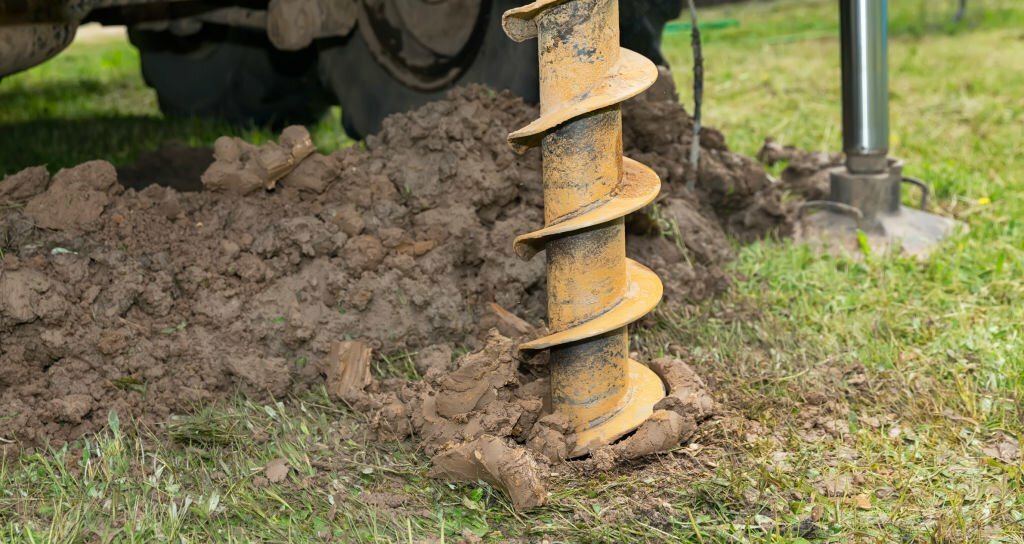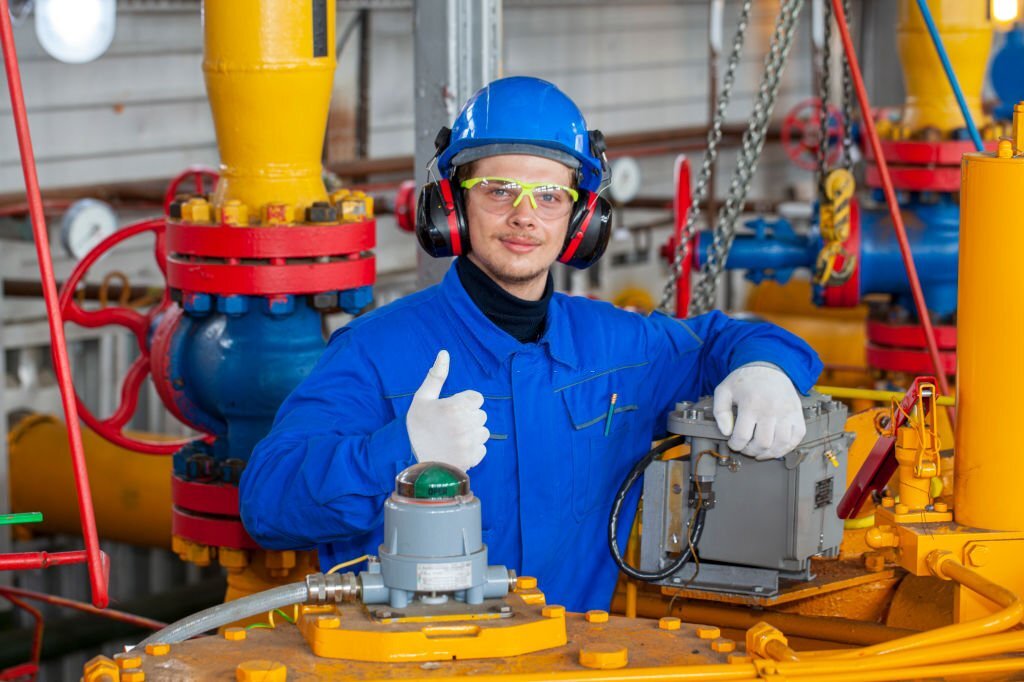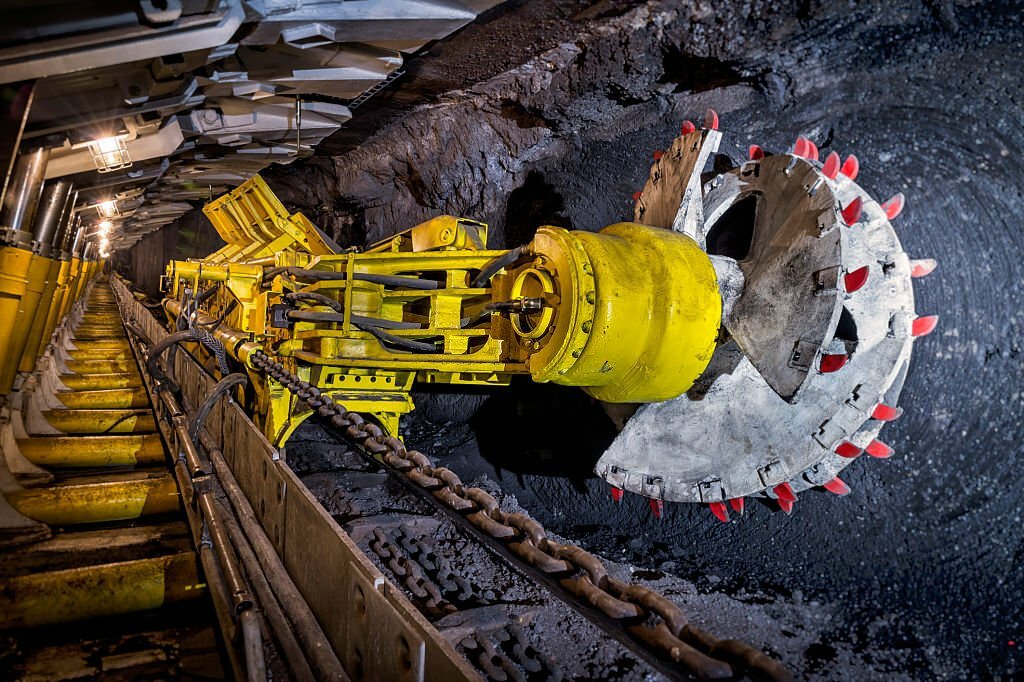In the dynamic realm of resource extraction, mining drills play a pivotal role in unearthing the Earth’s hidden treasures. From coal and minerals to precious metals, these powerful machines are the heartbeat of the mining industry. However, beneath the surface lies a labyrinth of challenges that mining professionals must navigate to ensure efficient and safe operations.

Geological Complexity:
In the intricate landscape of mining drill operations, the geological characteristics of the terrain pose a formidable challenge. The Earth’s crust is a mosaic of diverse rock formations, each presenting unique challenges to the drilling process. From soft sedimentary layers to hard igneous rocks, the varying hardness levels encountered underground significantly impact the efficiency and speed of drilling operations. Navigating this geological complexity demands a profound understanding of the site’s composition, requiring mining professionals to analyze and interpret the subterranean landscape with precision.
The optimization of drilling strategies hinges upon this geological comprehension. It is not merely a matter of choosing the right drill bit but a nuanced orchestration of factors. Factors such as rotation speed, drill bit materials, and penetration rates must be meticulously calibrated based on the specific geological features encountered. This intricate dance between the geological nuances and drilling methodologies is imperative for enhancing overall productivity in mining operations. In essence, the geology of the site becomes an integral blueprint, guiding mining professionals to unlock the Earth’s resources efficiently while navigating the complex and diverse terrain beneath the surface.
Equipment Maintenance:

Within the demanding realm of mining, drills endure harsh and unforgiving conditions, subjecting them to significant wear and tear. The very nature of their operation, relentlessly boring through layers of rock and soil, exposes these heavy-duty machines to extreme stress. To safeguard against potential breakdowns and extend the operational life of these critical tools, a robust regimen of regular maintenance is not just advisable but absolutely essential.
Proactive maintenance practices emerge as a linchpin in the pursuit of efficient mining operations. Scheduled inspections, lubrication routines, and the timely replacement of worn components become the frontline defenses against the wear-induced vulnerabilities of mining drills. By adopting a preventative approach, mining companies aim to preemptively address potential issues before they escalate into costly malfunctions.
The financial implications of downtime for repairs underscore the importance of foresighted maintenance. In the mining industry, where every minute of operational downtime equates to lost productivity and revenue, minimizing disruptions becomes a strategic imperative. Therefore, investing in comprehensive maintenance protocols becomes a prudent strategy, ensuring that these stalwart machines remain operational, resilient, and contribute consistently to the mining enterprise’s success. Ultimately, the longevity and reliability of mining drills hinge on the diligence and foresight applied in their maintenance practices.
Drill Efficiency:

In the intricate dance of mining operations, the optimization of drill efficiency emerges as a delicate equilibrium between the need for speed and the imperative of precision. It is not merely a mechanical task but a nuanced art, where every factor, from drill bit selection to rotation speed and feed rates, must harmonize to achieve the elusive sweet spot. The challenge lies in maximizing the rate of penetration—essentially how fast the drill advances through the Earth’s strata—without jeopardizing the structural integrity of the drill itself.
The selection of the right drill bit is akin to choosing the right tool for a specific job, where geological conditions dictate the optimal choice. The rotation speed must synchronize with the hardness of the rock formations encountered, and feed rates—the rate at which the drill advances—must be meticulously calibrated to prevent overheating and premature wear. This intricate calibration is not a one-time event but an ongoing, dynamic process, demanding constant vigilance and adjustment as geological conditions vary.
In the relentless pursuit of extracting resources effectively, achieving and maintaining this delicate balance becomes a continuous and evolving challenge. It requires a nuanced understanding of geological nuances, a mastery of drilling technologies, and a commitment to adaptability. Ultimately, the optimization of drill efficiency is the linchpin in the efficiency and success of mining operations, where the fine-tuned interplay of factors ensures that the Earth’s treasures are unlocked with both speed and precision.
Safety Measures:

Embarking on the subterranean journey of mining necessitates a steadfast commitment to safety, recognizing the inherent risks that permeate this demanding industry. The well-being of both personnel and the resilience of equipment are non-negotiable priorities in this dynamic landscape. Mining drill operations, characterized by the relentless pursuit of Earth’s resources, amplify these challenges, necessitating a multi-faceted approach to risk mitigation.
Robust safety measures constitute the bedrock of responsible mining practices. Comprehensive training programs ensure that every member of the workforce is not only aware of potential hazards but also equipped with the skills to navigate them securely. Concurrently, meticulous hazard assessments act as proactive sentinels, identifying and addressing risks before they can manifest into threats. The integration of advanced technology further elevates the safety paradigm, with real-time monitoring systems and cutting-edge analytics providing a vigilant oversight of drilling operations. This dynamic interplay of training, assessments, and technology forms an integral shield against the inherent dangers associated with mining drill operations, affirming that in the pursuit of Earth’s riches, safety remains an unwavering cornerstone.
Environmental Impact:

The footprint of mining operations on the environment is undeniable, presenting an ongoing challenge to balance resource extraction with ecological preservation. Dust and noise pollution emerge as tangible manifestations of this impact, casting environmental shadows that demand careful management. The pervasive dust clouds and disruptive noise levels emanating from mining activities necessitate strategic measures to mitigate their effects on surrounding ecosystems and communities.
Furthermore, the potential for soil and water contamination underscores the delicate equilibrium that responsible mining must achieve. Implementing stringent containment measures and deploying advanced filtration technologies are imperative to prevent the inadvertent spread of pollutants. Responsible mining is inexorably linked to the adoption of environmentally conscious practices. From reclamation initiatives to sustainable waste management, these practices represent a commitment to minimizing the environmental footprint of mining activities. In the symbiotic relationship between industry and nature, the judicious use of eco-friendly technologies emerges as a beacon, guiding mining operations toward a more sustainable and responsible future.
Resource Extraction Challenges:

Beyond the initial drilling phase, mining operations face a cascade of challenges in the extraction process. Efficiently transporting the extracted materials from the mining site to processing facilities is a logistical puzzle that demands careful planning. The choice of processing methods becomes crucial, requiring a delicate balance between precision and efficiency to extract valuable minerals or metals effectively.
Equally significant is the responsible handling of waste generated during extraction and processing. Sustainable mining practices emphasize the need to manage waste materials in an environmentally conscious manner, minimizing the ecological footprint of mining activities.
The coordination of these interconnected activities—transportation, processing, and waste management—is integral to the overall success of the mining cycle. It’s a dynamic process that demands synergy between technology, human expertise, and a commitment to environmental stewardship. In navigating these challenges, mining operations can maximize efficiency, minimize environmental impact, and contribute to the responsible extraction of Earth’s valuable resources.
In conclusion, the use of mining drills in heavy equipment involves a myriad of operational challenges. From understanding geological complexities to ensuring equipment longevity through maintenance, the mining industry must continually innovate and adapt to overcome these hurdles. With a commitment to safety, efficiency, and environmental responsibility, mining professionals can unlock the Earth’s resources while mitigating the challenges that lie beneath the surface.

